It wasn’t long after finishing the White Rim Trail and having a spectacular time, that we started wondering what was next. What other ‘trails’ were out there to explore? It wasn’t too long before we settled on the Mojave Trail. The rest of our 2018 California Road Trip formed around seeing the trail. The trail is a ~ 140 mile stretch used historically by Native Americans and later developed into a wagon route between the Colorado River and the Mojave River between multiple desert watering holes.
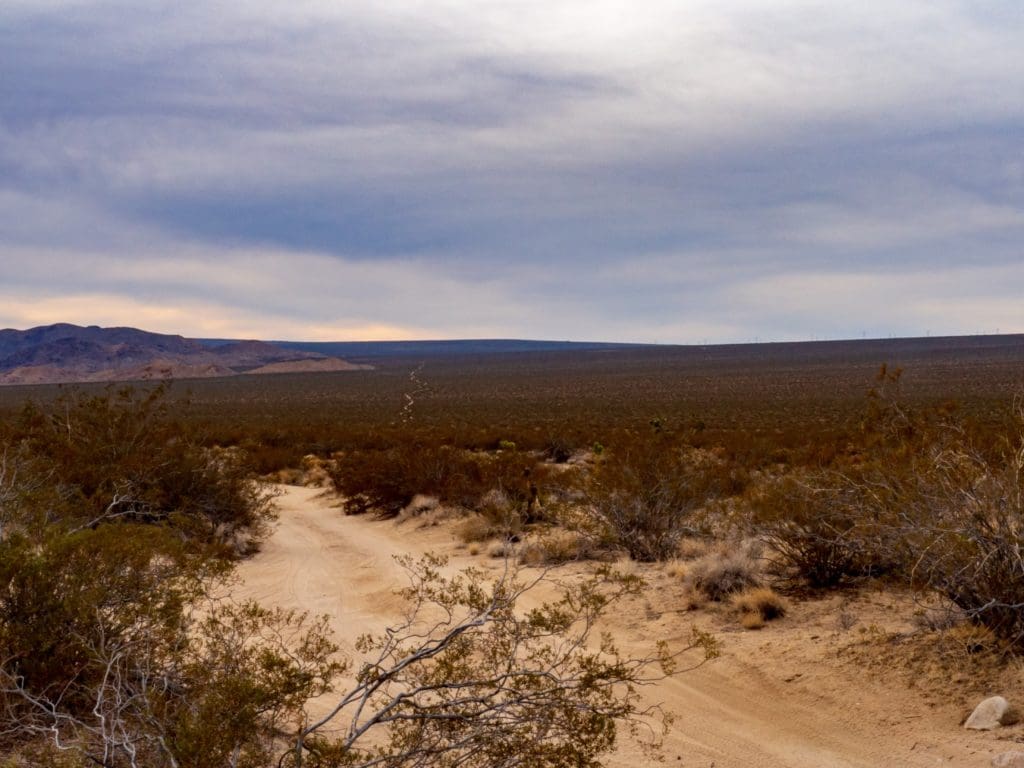
It was interesting to me to learn that due to the Mojaves agriculture based existence they had more time for travel than other tribes and often used this route to travel from their homeland along the Colorado over to the coast for trade and adventures. While I can’t quite imagine traveling this arid country on foot, it does follow scattered water sources in a dot to dot fashion that likely enabled travel in an otherwise inhospitable region. Later on in the 1860’s the route became established as a wagon route punctuated by several military forts enabling substantial east west travel in southern California until a nearby railroad route was established in the 1880’s.

We started our journey on the banks of the Colorado mid day and quickly made our way westward. We traveled the washes climbing out of the Colorado River valley along side lots of ATV traffic out enjoying the desert, but we soon left that behind and had the trail all to ourselves. From our beginning elevation of about 450 feet we were soon above 3400 feet crossing the Paiute Range. Due to our mid day start we were facing fading fading light and that combined with the rough slow going road meant we didn’t make the side trip to Fort Paiute. I wish we had, but I was unsure at the time if we would be able to camp there, and we didn’t have the time to make the round trip. So on we went, and ended up with quite a lot of miles behind us for the first day, our camp being the site of the old Pleasant View School. Temps dropped quickly and compared to our nice overnight mid 50’s temps at Joshua Tree, the 20’s felt just a bit nippy. The coyotes came out to sing us to sleep and owls came to visit a bit later in the night.
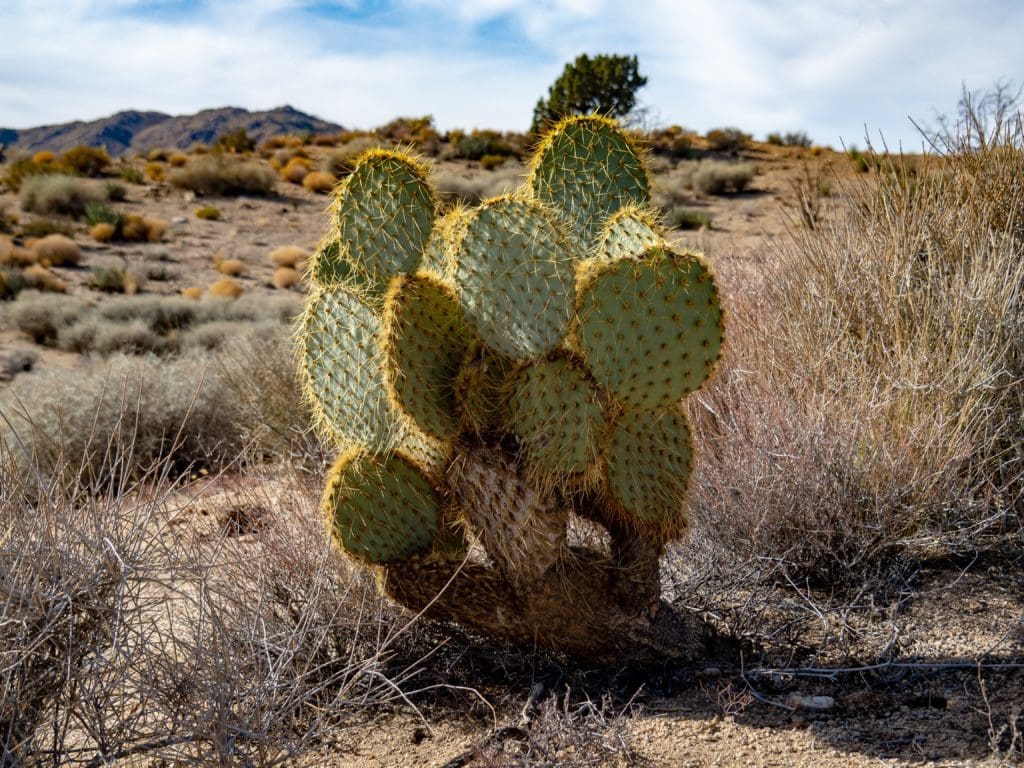
The next morning we started our day with a walk around Rock Spring. One of the main watering spots along the trail, but apparently not the most reliable, this was a short lived military outpost and also a homestead for Bert Smith, who built a rock house here in the 1930’s following his exposure to poisonous gas during World War I. Bert was essentially sent here to die, but ended up living here until the mid 50’s raising goats. It’s easy to envy his life out here in this quiet place if you spend a night here.
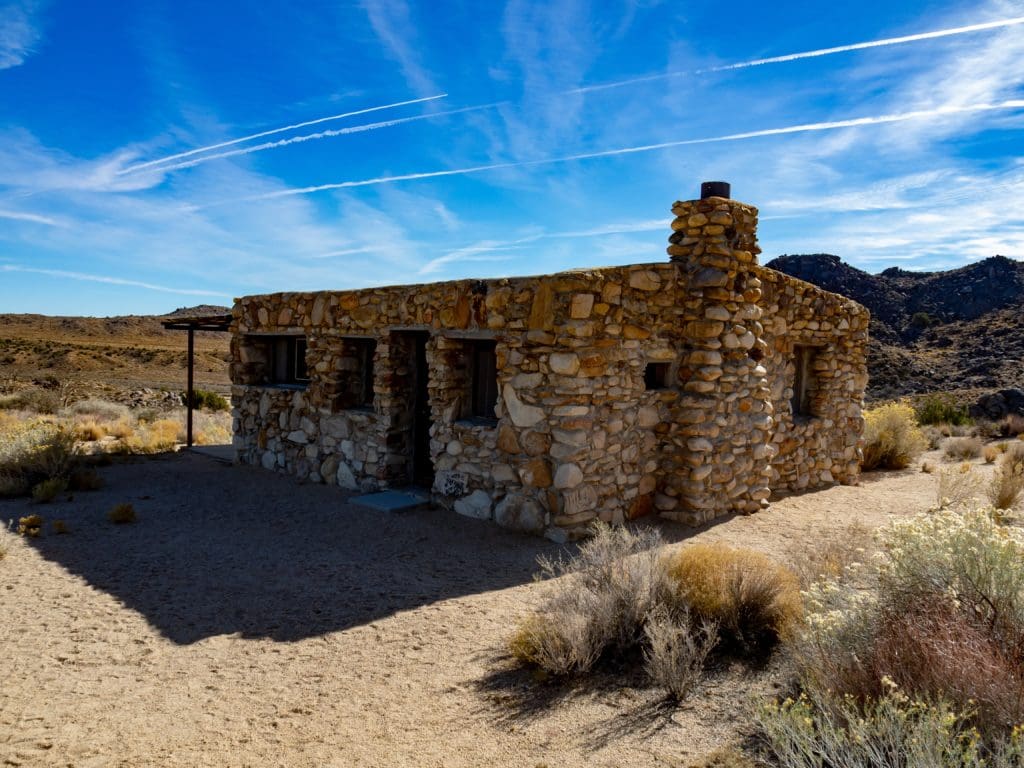
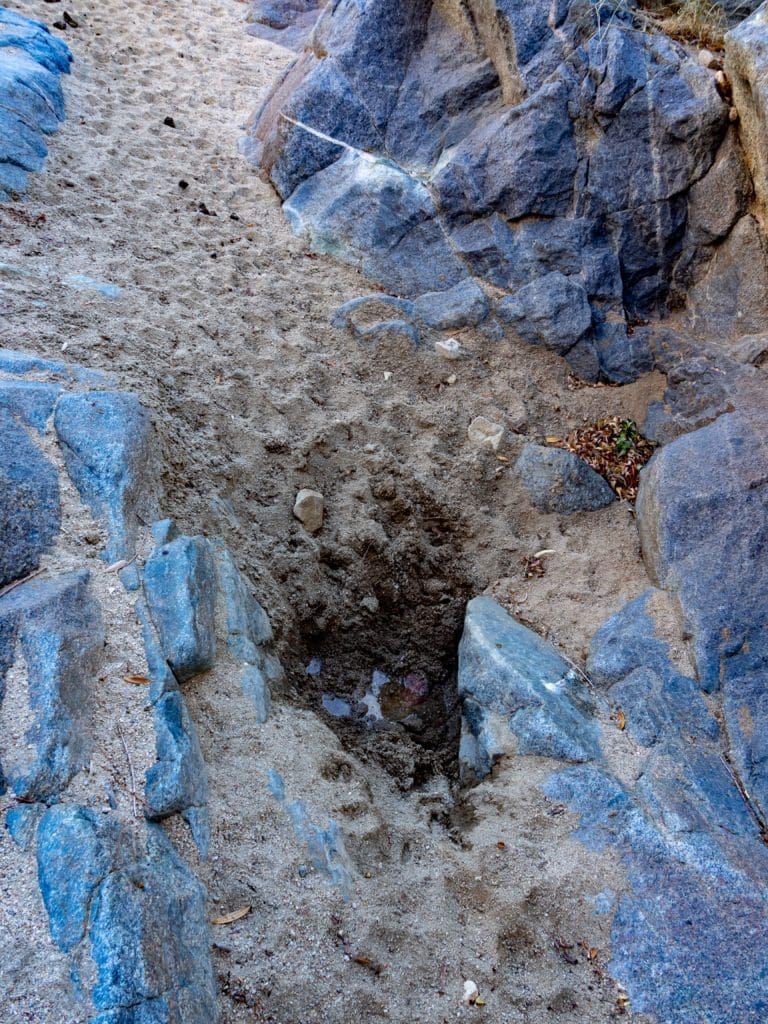
Rock spring was on the dry side, but there was a lot of evidence of animals accessing the water. It appeared that the spring was frequently visited by bighorn sheep that were keeping the sand dug out just enough to enable them to get a sip of water when the visited the spring.
Not too far down the trail was Government Holes, another water source that included a windmill actively pumping out water.

Since we covered so much ground on day 1 we took a short detour to take a hike and get a better view of the country from Teutonia Peak. It ended up being a great detour with spectacular views of the surrounding mountain ranges and Cima Dome. Cima Dome is an amazingly symmetric dome that is covered with one of the largest Joshua tree forests in the world. It raises up so gradually that until you get above it and have an appreciation for its amazing shield shape you could assume it is flat.


This is vast country. There are several impressive mountain ranges that could each take weeks or months to explore. The full employment act for explorers of deserts and mountains? I’m in.
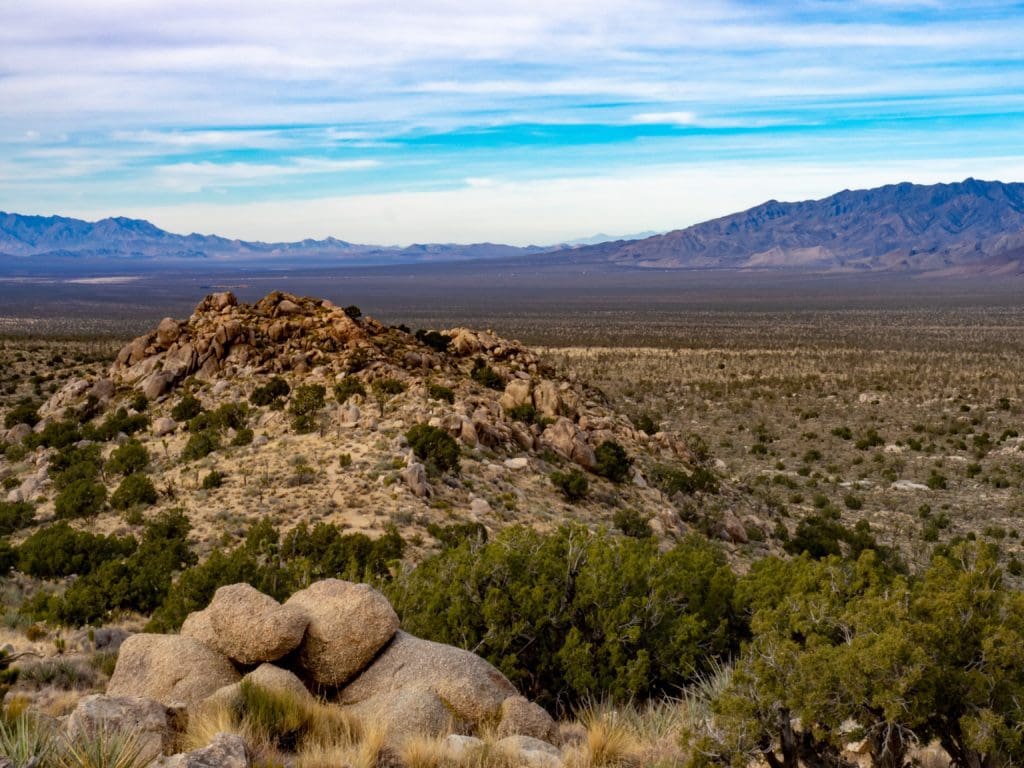

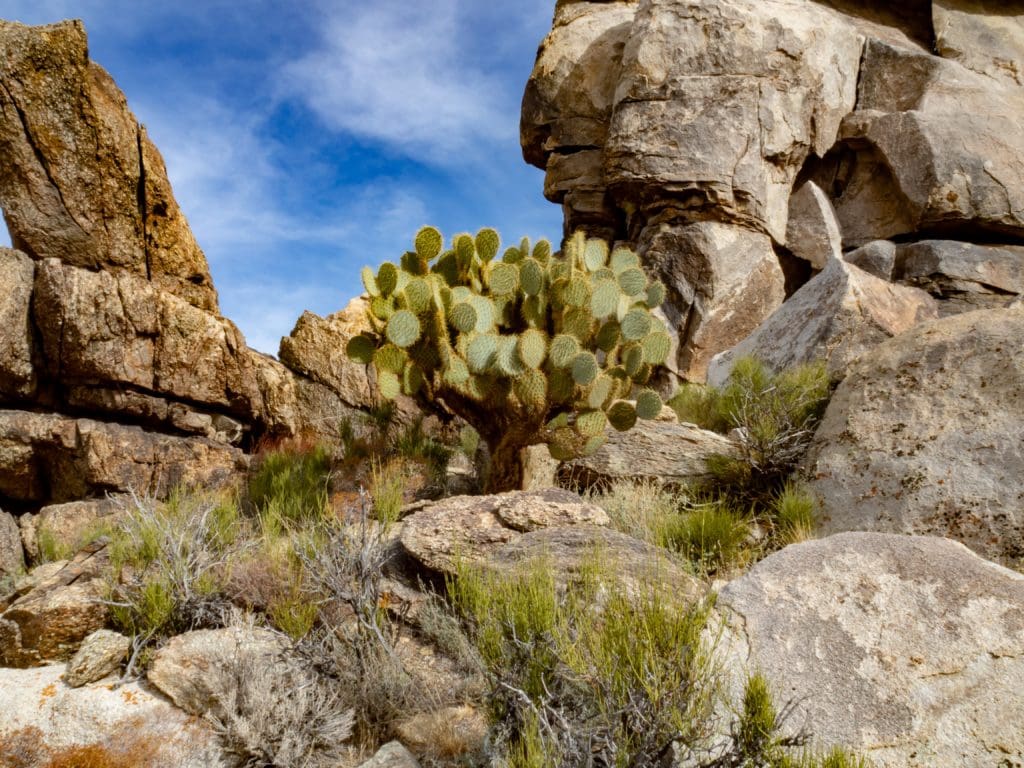
The Joshua Trees on the return hike seemed to be watching, but I tried to not pay attention.

After the side hike we were back on the trail. What vast landscapes we were lucky enough to gaze upon as we made our way down the trail.

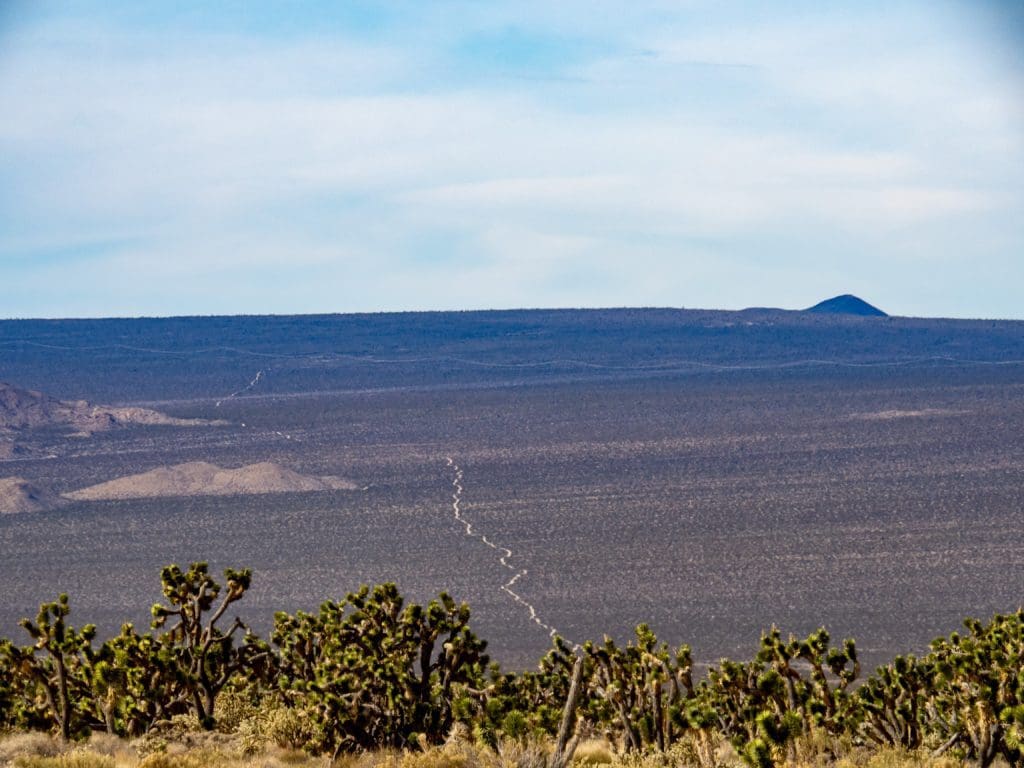
I had a potential spot picked out for a camp, but it ended up being occupied by one of the few people we saw along the trail. Although there were multiple spots available we decided to move on to find a spot we could enjoy all to ourselves. As the sun faded we pulled into the Marl Mountains and had a look around. Before too long we found a site with a great view, protected from the wind and all to ourselves.
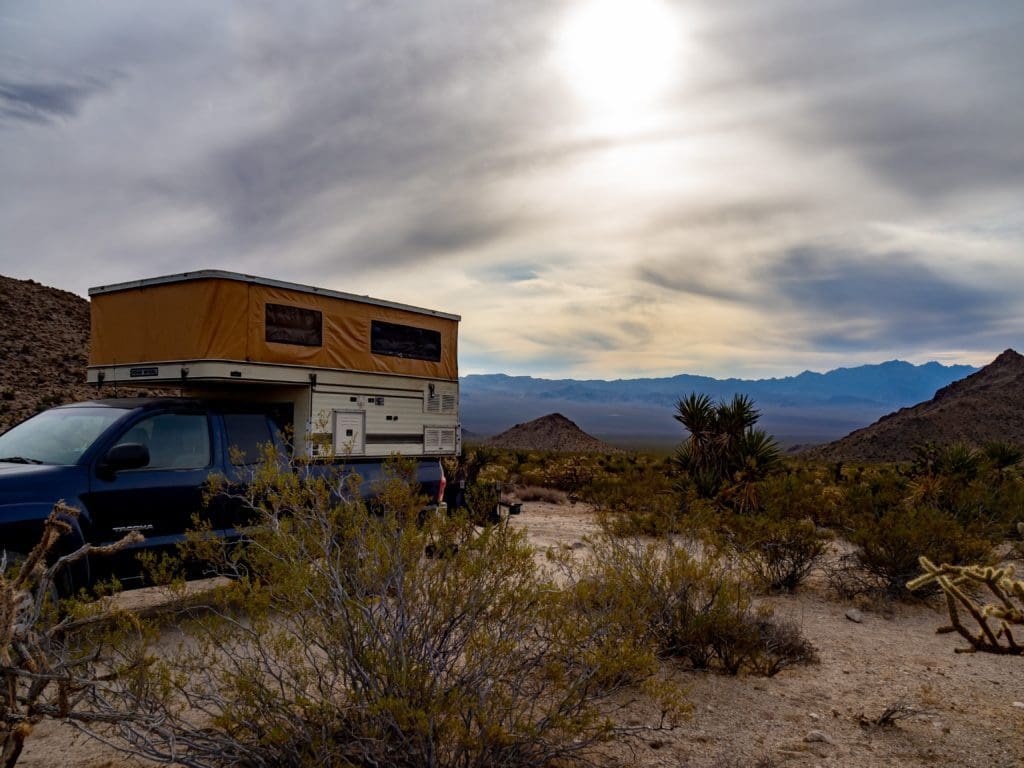
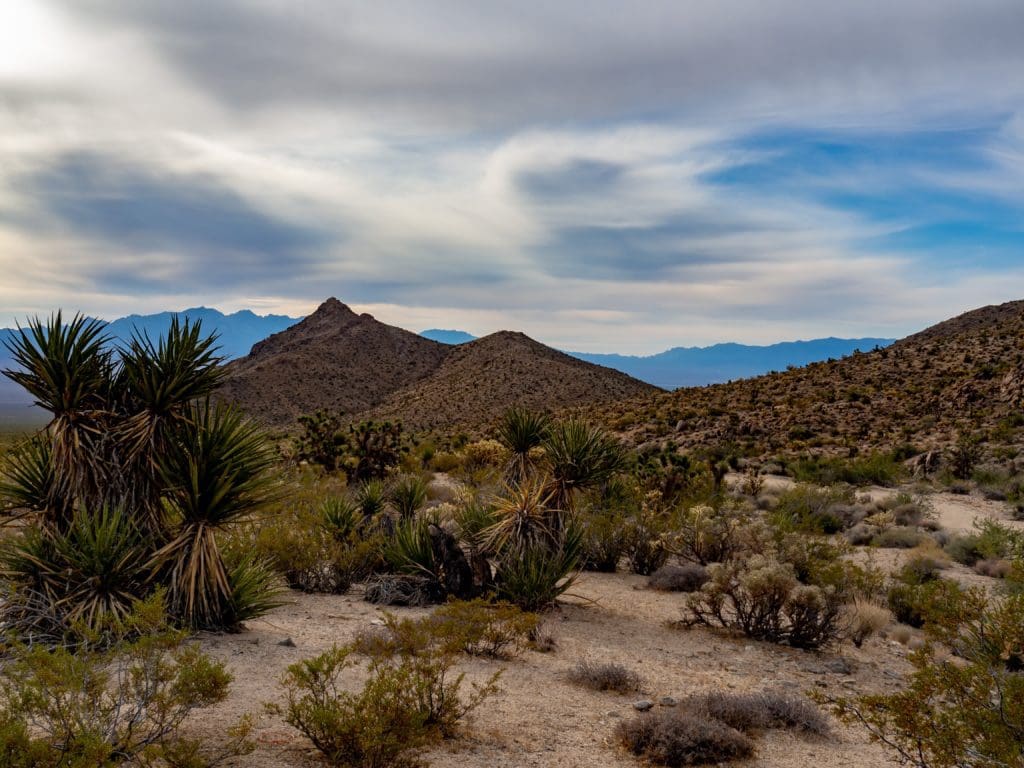
One lesson learned from this camp is watch out for cholla cactus. We inadvertently tracked several fragments into the camper that continued to poke into socks and feet until meticulously removed by pliers from doormats and rugs the next morning. Ouch!
Day 3 on the trail was mainly a downhill event. It was almost deceiving how high into the mountains we had climbed, and I didn’t really give it much thought until down, down we went towards Soda Lake.
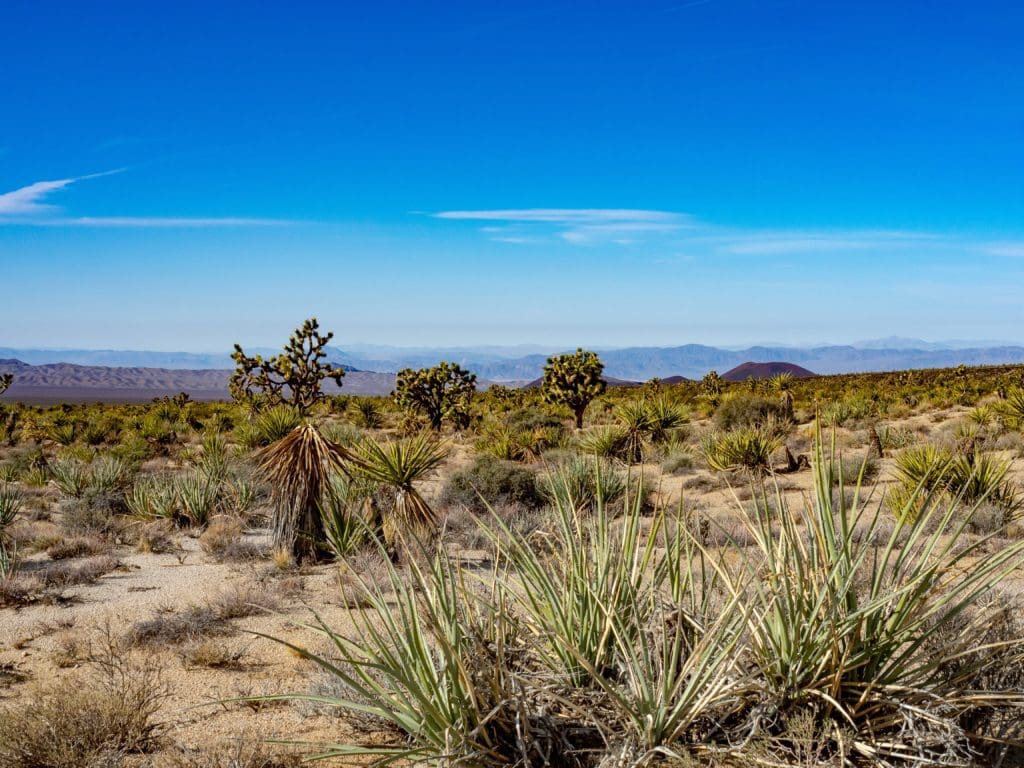
We made the obligatory stop at the Mailbox to sign in and view the various items left behind by previous travelers.


Willow wash was interesting and had many campsites. File that away for the future, given a dry weather forecast. We stopped for a pedestrian in the road.

Then it was down to Soda Lake, the big broad playa. It was luckily dry and presented no problems in crossing.
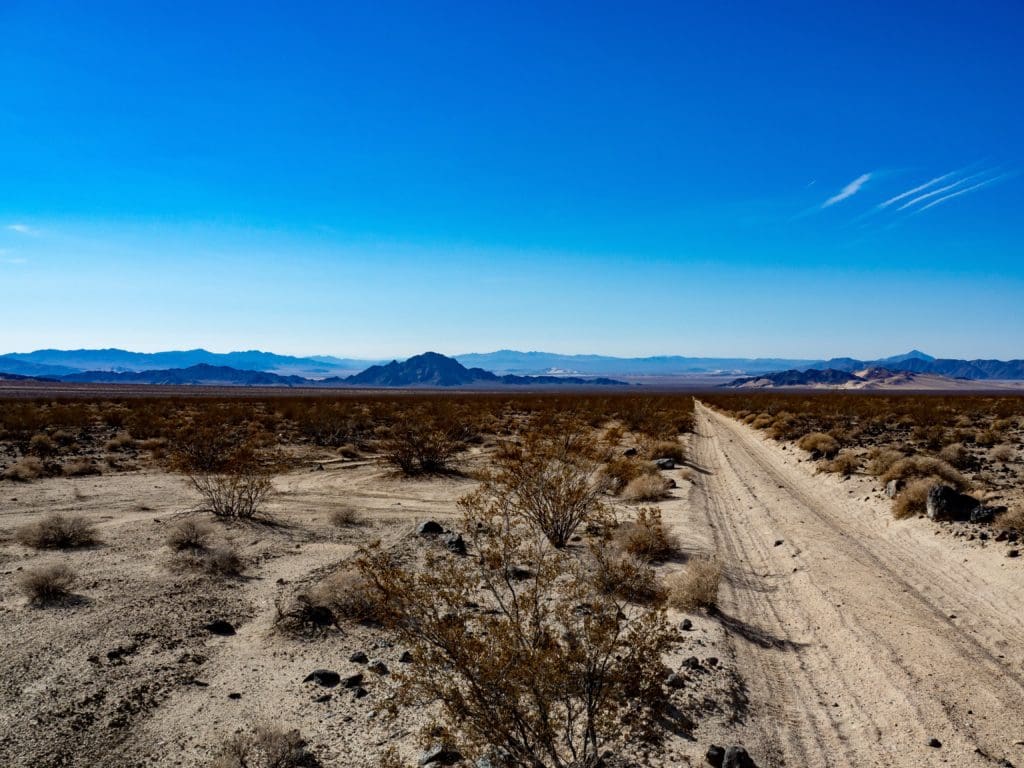
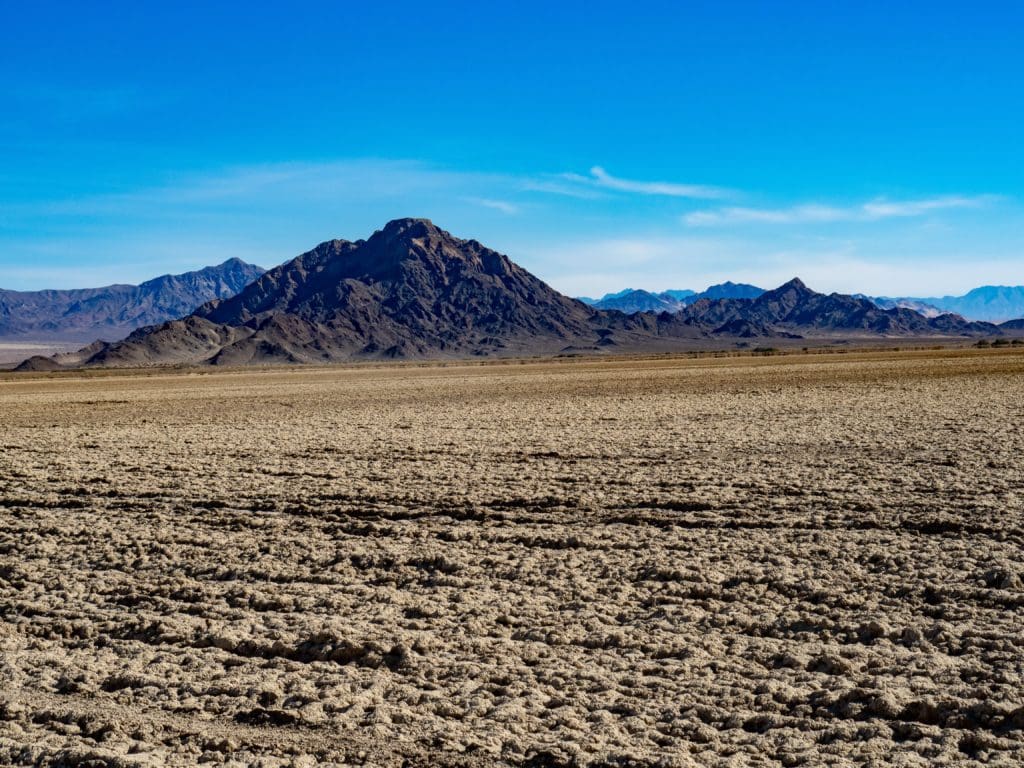

After crossing Soda Lake we made the hard decision to bypass a portion of the trail. Informed along the way by the Mojave Road Guide, which I highly recommend, (to the point that I would say you should absolutely not even consider traveling the road without it, as it will become nearly impossible to follow the trail in places, plus the excellent history it provides) and also due to the yet again fleeting daylight, we did end up skipping a portion of trail described as having a lot of windblown sand that should not be navigated alone. We left the trail after leaving the Mojave Preserve at Rasor Canyon Road, and rejoined the trail at our camp for the night at Afton Canyon. We did have enough time to make a short hike up Afton Canyon in the fading light.

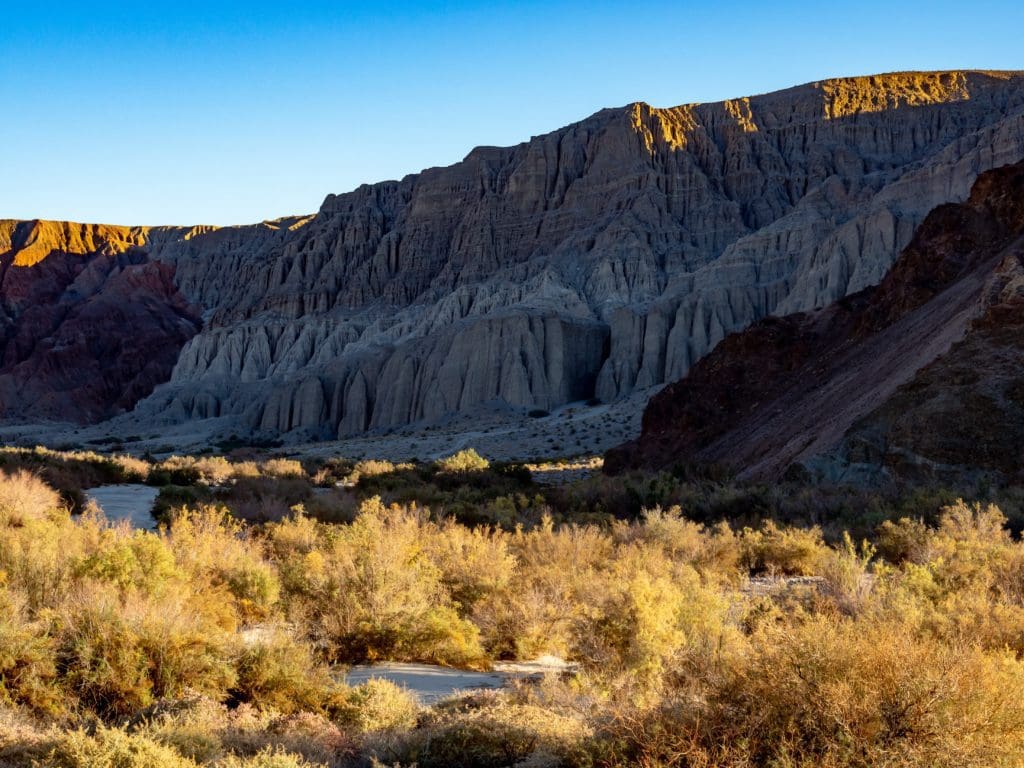
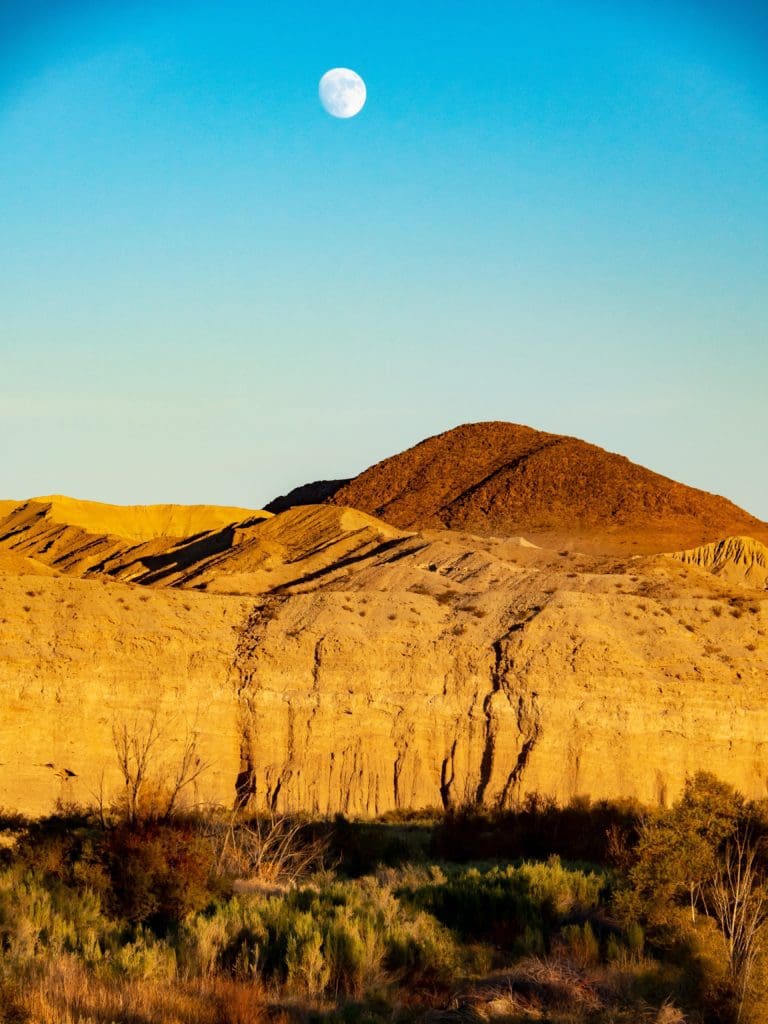
This was yet another place where a person could spend a lot of time exploring side canyons and day hikes. This was the end of our third day on the trail. From my research it appears people typically spend 2-4 days on the trail but there is enough to see that if someone had the time a week or two could easily be a more reasonable pace to soak in this country.

We took the next morning and finished out the trail, ending at Camp Cady. It was a really sandy last 15 miles following the Mojave River, but we didn’t encounter any problems or, like most of the rest of the trip along the trail, any people. It’s a good day in my book when roadrunners outnumber people. No offense, dear reader.

The Mojave Trail was an astounding experience. There is a lot more to see within the preserve, mountain ranges, sand dunes, side canyons, washes. I think we may be back in the future.
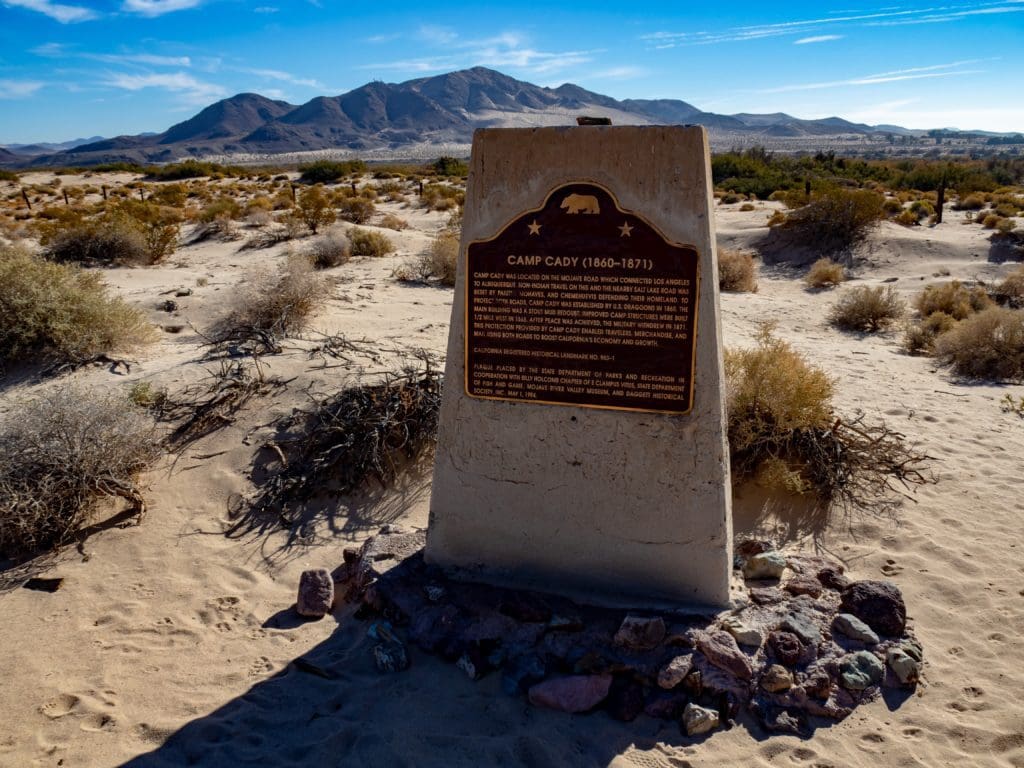
But for now, it was onward, to Death Valley. We needed a quiet place for Thanksgiving. A long hike, and a few rough roads were in our future. We stopped by the worlds tallest thermometer and then it was back to the quiet of the desert. To be continued…

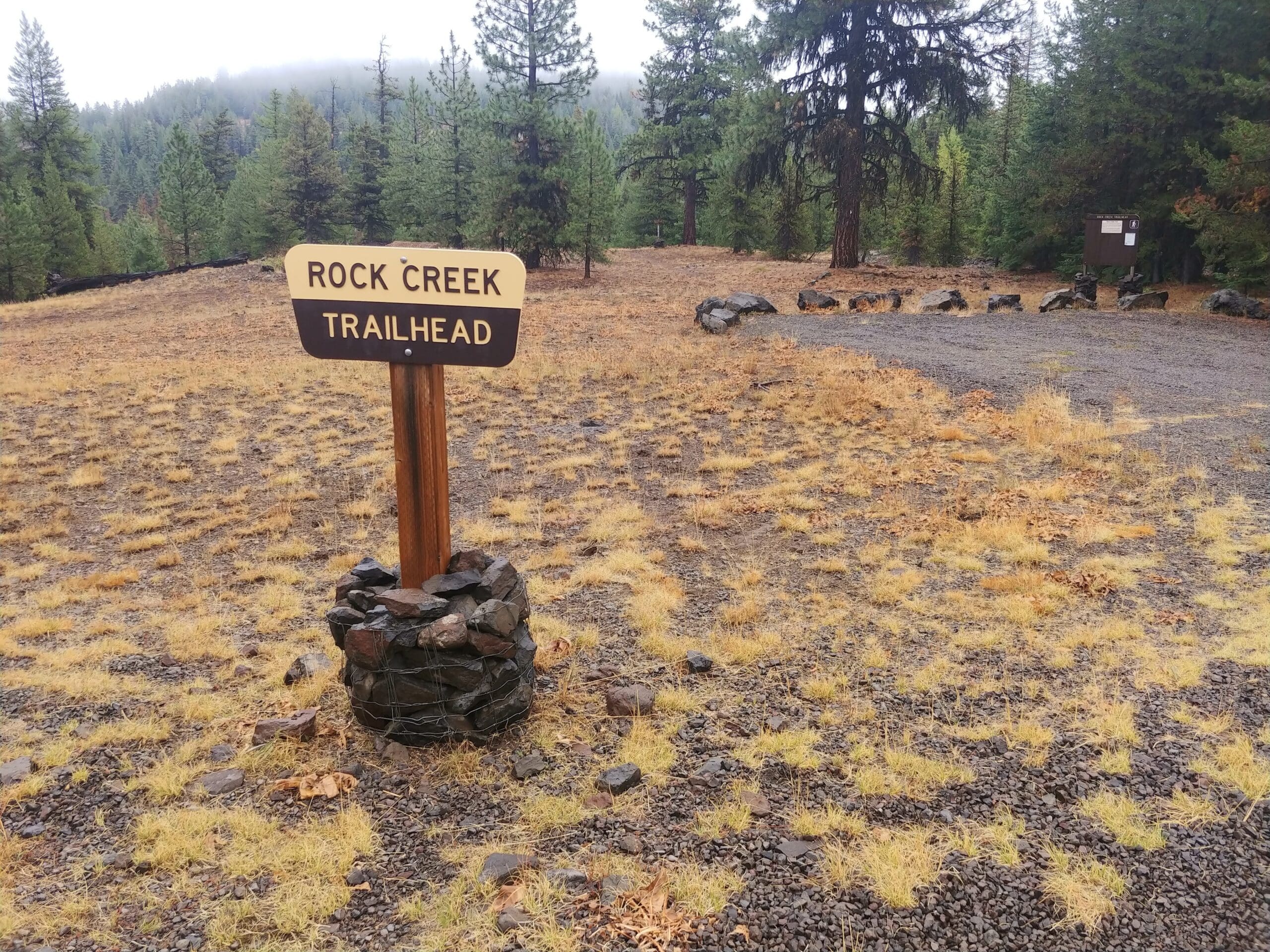
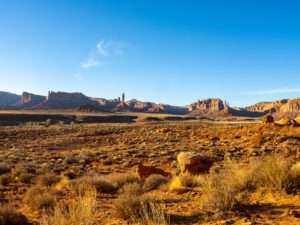
Drove part of the trail a few years ago, climbed Teutonia and went up into the New York Mtns. Great area and thanks for the post. Looking forward to getting back down there for the whole trail.
The New York Mountains looked really appealing. It appeared that one could pick out several canyons to hike from a base camp or two and likely spend a week or two just getting more familiar with that one mountain range. Add in all the other mountains and you could have yourself a season of adventure!
Pingback: South to Spring | Mojave National Preserve Part 3: Kelso Dunes – Occidentalist
Pingback: South to Spring | Mojave National Preserve Part 1: Caruthers Canyon – Occidentalist
Pingback: South to Spring | Exploring Death Valley Part 2: Hole in the Wall, Lake Manly and Beyond – Occidentalist